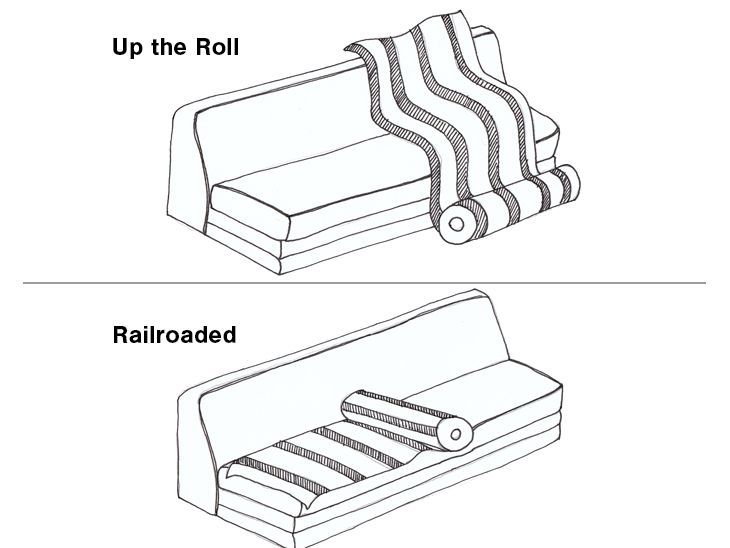Upholstery Fabric Cleaning Codes
Once you've determined how to appropriately clean, it’s always a good idea to pre-test the cleaner on a small, inconspicuous spot on the fabric. This way you can make sure the cleaner works and doesn’t leave a spot or cause the colors to bleed. If you’re in doubt about how to proceed, it’s usually best to call a professional upholstery cleaner.
W
(Water)
Water-based Cleaning. Spot clean with water only. Distilled water is ideal. To simply dab spots use a clean white or cream towel. Avoid colored cloths that might bleed their color onto the fabric.
WS
(Water and Solvent)
These fabrics can be spot cleaned with upholstery shampoo, foam from a mild detergent, or a mild dry cleaning solvent.
S
(Solvent)
Spot treat stains with a water-free solvent or dry-cleaning product. Use solvent cleaners in a well-ventilated room and keep away from open flames.
X
(No Cleaning, Vacuum Only)
Only clean by vacuuming or light brushing. The fabric is not cleanable with water or solvent cleaners.
D
(Dry Cleaning Only)
Period.
What is "Railroaded" fabric?
Railroaded fabric refers to the way a fabric, particularly a pattern or stripe, is milled. Usually fabric patterns run “up the roll,” meaning the pattern flows from top to bottom, parallel with the selvage edges. On a fabric that is railroaded, the pattern runs across the roll from selvage edge to selvage edge.
When is railroaded fabric helpful?
When upholstering, it generally looks best to run a patterned or striped fabric from top to bottom and from back to front. Imagine upholstering a sofa. It would look best for the stripes to have a vertical orientation.
Most upholstery fabrics are 54 inches wide. On a regular “up the roll” pattern this would mean creating a seam every 54 inches to get the desired pattern on the sofa. Railroaded fabric makes for less seaming because the pattern continues over a long stretch of fabric.
